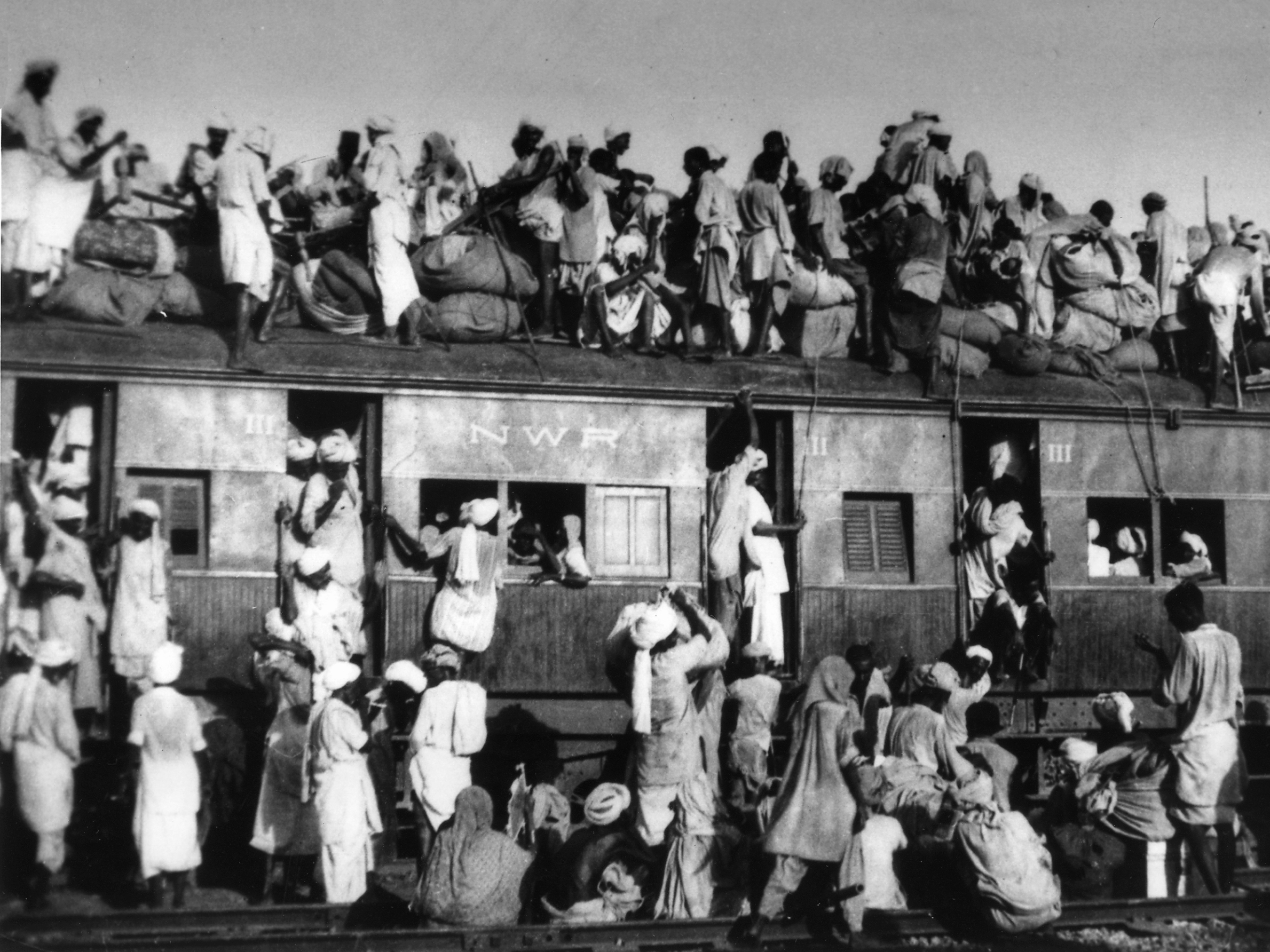This partition of India in 1947 was a crucial moment in the past that resulted in the formation of two distinct nations, India and Pakistan. This article focuses on the background of the event that led to the partition, the partition process, and the consequences for the entire region.
Introduction
Partition of India refers to splitting British India into two separate nations, India and Pakistan, by religious principles. The partition occurred on August 14-15, 1947, leading to mass violence, displacement, and tensions between communities.
Historical Background
Before understanding the country’s split, it is essential to understand its historical background. British rule over India significantly influenced the Indian subcontinent in both a social and political sense. When the British Empire expanded its power over India and the subcontinent, the Indian Independence movement grew in popularity.
Factors Leading to the Partition of India

Many factors played a part in the division of India:
Religious Divide
India was home to a diverse group of people comprised of Hindus, Muslims, Sikhs, as well as other religions. The increasing conflicts among Hindus and Muslims were a significant reason for the desire for a distinct Muslim homeland.
Political Differences
The Indian National Congress, led by Mahatma Gandhi and Jawaharlal Nehru, fought for a secular and united India. On the other hand, the All-India Muslim League, headed by Muhammad Ali Jinnah, advocated for a distinct Muslim nation.
Communal Violence
Violence between Hindus and Muslims sparked the war for independence, causing widespread tension and death. The growing tensions among communities drove the demand for separate states.
The Partition of India
Separation of India was announced officially at the end of June 1947 through the Mountbatten Plan, named after the former British Viceroy for India, Lord Mountbatten. The plan called for establishing two dominions distinct from India and Pakistan, with Muslim-majority regions making up Pakistan.
The delineation of the boundary was daunting due to the complex nature of ethnic and religious communities that resided in different regions. The Radcliffe Line was drawn as the boundary, resulting in the exile of millions.
On the 15th of August 1947, India and Pakistan gained their independence, and the transfer of power occurred. However, the partition was marked by massive riots, communal violence, and massive displacements.
Consequences of Partition
The separation of India was a significant event that had profound consequences that were both immediate and lasting. The most significant effects include:
Mass Migration and Displacement
The partition caused the largest recorded migration of people and saw Hindus and Sikhs moving toward India and Muslims to Pakistan. The resultant violence among the communities and displacement led to the death of hundreds of thousands and the expulsion of millions of people of their families from their homes.
Communal Violence and Riots
The partition led to widespread communal violence between Hindus, Muslims, and Sikhs. Conflicts and riots erupted in different regions, leading to massive bloodshed and property loss.
Formation of India and Pakistan
The partition led to establishment of two distinct nations: India, with a Hindu majority, and Pakistan, with a Muslim majority. India became a secular country, while Pakistan was created with the status of being an Islamic republic.
Impact on Economy and Infrastructure
The separation of resources, including infrastructure and economic assets, was a significant challenge during the partition. Railways, industries, and other vital services needed to be divided, which impacted the stability of both countries.
The Aftermath

India’s partition India caused a long-lasting impact on the region, with many unresolved issues.
Kashmir Issue
The partition caused the unresolved question of Kashmir, the region disputed as a joint claim by India and Pakistan. The conflict over Kashmir has led to constant tensions between the two nations.
Indo-Pak Relations
The partition caused tensions in the relationship between India as well as Pakistan. Frequent conflicts, such as conflicts and border disputes, have been a part of their relations, causing instability and stability within the region.
Long-lasting Animosity
The partition caused deep-seated hatred and distrust among Hindus as well as Muslims. Despite efforts to bring them together, however, the scars from the partition significantly influenced the social dynamic of both nations.
Conclusion

The separation of India in 1947 was a significant event with profound consequences. It triggered the creation of India and Pakistan and caused massive migrations in the region, violence between communities, and enduring tensions. The effects of partition are still felt throughout the region today and affect the lives of millions of people.
Frequently Asked Questions (FAQs)
- Q: What led to the partition of India in 1947?
- A: The partition of India was influenced by religious divides, political differences, and communal violence between Hindus and Muslims.
- Q: How did the partition impact the people of India and Pakistan?
- A: The partition resulted in mass migrations, communal violence, and displacement, causing immense hardships and loss of life.
- Q: What were the consequences of the partition?
- A: The partition led to the formation of India and Pakistan, along with communal violence, economic challenges, and strained relations between the two nations.
- Q: What is the Kashmir issue?
- A: The Kashmir issue refers to the ongoing dispute between India and Pakistan over the region of Kashmir, which remains unresolved.
- Q: How did the partition affect Indo-Pak relations?
- A: The partition strained relations between India and Pakistan, leading to frequent conflicts and border disputes, impacting peace and stability in the region.
The Role of Women in Indian Independence

[…] he returned back to India, Gandhi emerged as an influential persona within Gandhi’s Indian National Congress, advocating for […]
[…] Indian National Congress played a important role in opposing an official partition in Bengal during 1905. The partition led to massive protests as well as the congress-led Swadeshi Movement […]